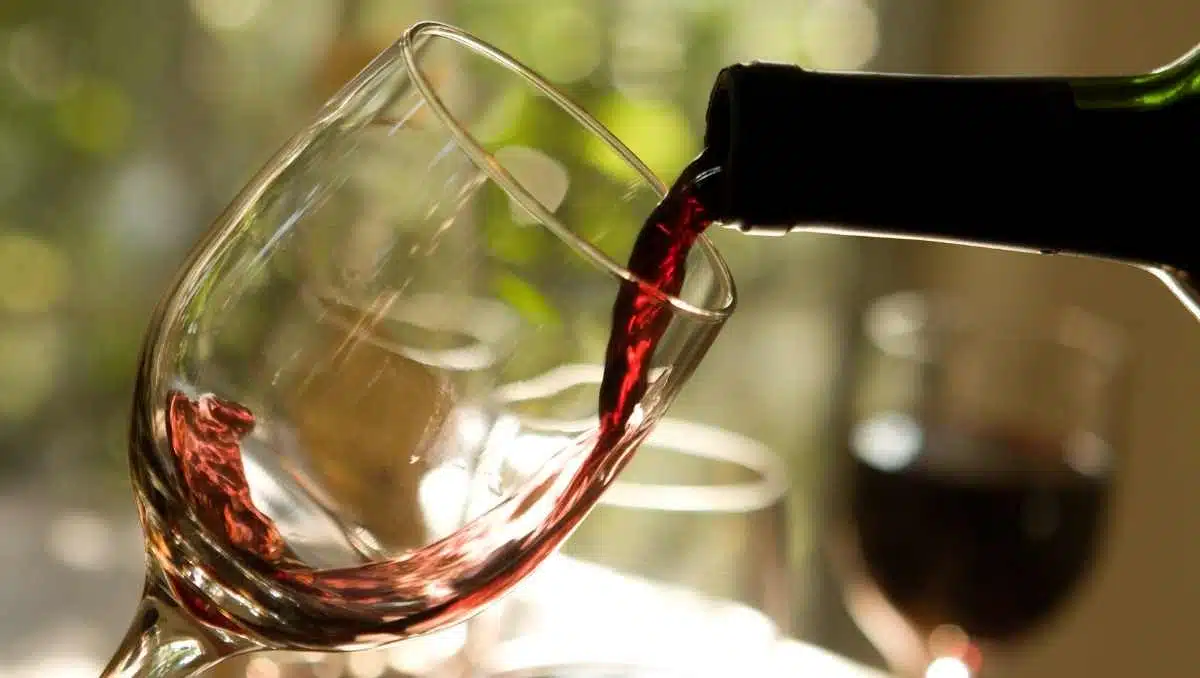Most people are aware that wine, in general, has a considerably higher alcohol content than beer. Even low-alcohol wines clock in at around 7% to 11% ABV. But usually, the alcohol content of wine is higher than that - between 11.5 and 13.5%
Yet, that is still far below the numbers that the strongest wines have to offer. These high-alcohol wines are, in most cases, quite tasty and full-bodied.
So which wines have the highest alcohol content? We put them together in our list of the strongest wines in the world.
In This Article
The 9 Strongest Wine Types
Here's our compilation of the wines with the highest amount of alcohol, including fortified wines and those that developed their ABV naturally. -Sorted from low to high ABV.
Pinotage - up to 15.5% ABV (natural)

The Pinotage grape variety is the signature red variety for South African wine. Its origins date back to 1925, and once has been a cross between Pinot Noir and Cinsaut.
Pinotage wines are full-bodied with a high alcohol amount. They're packed with fruity flavors and develop spicy and savory notes when aged for an extended time.
Shiraz - 15.5% ABV (natural)
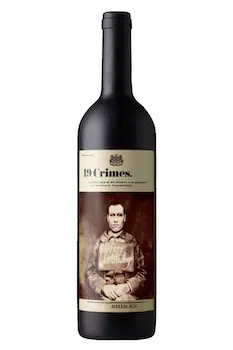
Shiraz or Syrah is made from a dark grape variety that is grown all over the world. The stronger ones are mostly coming from Australia. Australia is also the country calling it Shiraz, whereas other regions call it Syrah.
Shiraz wines are best known for their rich and juicy taste. Besides fruity notes, you'll often get hints of pepper and spice.
Grenache-Syrah-Mourvèdre - 15.5% ABV (natural)
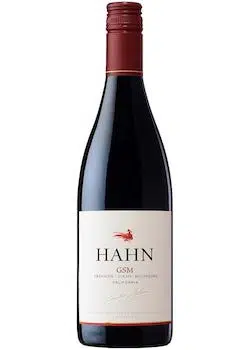
This blend of three different grape varieties is a product of the Côtes du Rhône region. Each grape species brings in its signature flavors, which leads to quite a unique blend.
Zinfandel - upt to 16% ABV (natural)
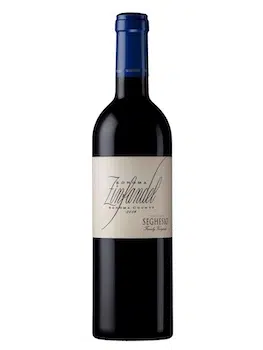
Zinfandel is made from a dark, almost black-skinned grape variety. It's mainly cultivated in California, where it grows in more than 10% of California's vineyards.
The flavor profile of Zinfandel wine is quite fruit-forward, with notes of berries, cherry, plum, and cranberry. On top, you can also get hints of black pepper and licorice.
Fortified Muscat - 17% ABV

Regular Muscat wine is sweet and low in ABV, ranging from 5% to 7%. Besides the low alcohol amount, Muscat is also low in tannins and acidity.
Fortified Muscat, however, contains a whopping 17% ABV. An alluring and aromatic fortified wine with lots of fruity and floral flavors.
Port - 20% (fortified)

Port wine is another delicious fortified wine that clocks in way above the standard wine ABVs. It's available in red, white, and rosé versions and typically contains around 20% of alcohol.
The flavor is rich and much sweeter than you would expect from regular wine.
Madeira - 18% to 20% (fortified)
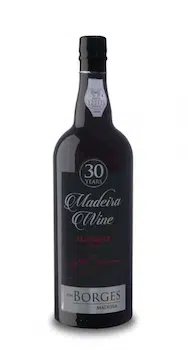
Produced on the island of Madeira, this is another fortified wine from Portugal. For the production, only a few different grape varieties qualify: Tinto Negra Mole, Sercial, Verdelho, Bual, and Malvasia.
Madeira wine is quite sweet and contains notes of caramel, hazelnut, orange, peach, and burnt sugar.
Marsala - 15% to 20% ABV (fortified)

This fortified wine hails from Sicily, Italy. To increase the amount of alcohol, Brandy is added to the wine. The level of sweetness varies from pretty dry to super sweet.
Depending on the sugar level, the flavors will also differ. You get fruity versions with flavors like cherry, apple, and dried fruits and spicy ones like tobacco, walnut, and licorice.
Sherry - up to 22% (fortified)

Sherry is the strongest wine you can get with up to 22% alcohol. Today, the fortified wine from Spain is known for its sweet taste. Traditionally, though, Sherry used to be rather dry.
That only changed when, in recent years, Sherry makers focussed on producing tasty dessert wines.
The flavors in Sherry vary a lot depending on the brand and bottle. In general, the flavors include a lot of nutty flavors as well as dried fruits.
The Alcohol Content in Wine in General
You can get low-alcohol, medium, or high-alcohol wine. The full range in numbers spans from 5.5% up to 23%. So, let's see how the different categories are defined.
Low Alcohol Wines - 5.5% to 11%
Wines in this category tend to be quite sweet and light. Two prime examples are Kabinett Riesling and Riesling, both from Germany.
At 7.5% to 9.5% ABV, Kabinett Riesling is the lightest style of Riesling. Regular Riesling ranges between 9 and 11%.
More examples for low ABV wine are:
- Moscato d’Asti 5.5%
- Brachetto d’Acqui - from 7%
- Vinho Verde - 9%
- French Gamay - from 10.5%
Medium Alcohol Wine - 11.5% to 13.5%
The majority of wine is part of this category. Medium-alcohol wines include some of the most popular varieties, like Bordeaux and Sauvignon Blanc.
Other wines in this category are:
- Beaujolais
- Champagne
- Chardonnay
- Chianti
- Pinot Gris
- Pinot Noir
High Alcohol Wines - More than 13.5%
Every wine containing more than 13.5% alcohol by volume is considered strong and highly alcoholic. But within this category, we must distinguish two different types.
One type of these wines develops its high alcohol content naturally. The others are fortified - that means spiked by adding neutral spirits to increase the ABV.
The traditional purpose of fortifying wine was to preserve them during transport. That made it possible to ship wine to faraway destinations.
What causes High Alcohol Wine?
The different names of wine in most cases describe the variety of grapes used. That means that not every Riesling or Chardonnay has the same ABV. In fact, the alcohol content can vary a lot depending on the region in which the grapes grew.
Simply put, this means the more sunlight, the stronger the wine. That's also why Germany's Riesling wines are relatively weak compared to a Riesling produced in California. But why is that?
Alcohol in wine comes from fermentation. Natural yeasts help transform sugar from the grapes into alcohol. The strongest wines, therefore, rely on a few factors:
- Sweet Grapes: The sweeter the grapes used to produce wine, the stronger the wine. They contain more sugar that can be turned into alcohol.
- Optimized Yeast: The right choice of yeast is another important part of making high-alcohol wine. In the past, there was a natural limitation to making wine: Anything above 13.5% would kill the yeast and stop the fermentation process. These days, science developed more resistant yeasts that can produce wine that contains up to 16.5%
- Fortification: Natural wines are limited to above mentioned 16.5%, but due to fortification, you can easily increase the alcohol levels further. Typically, these fortified wines contain up to 23% alcohol, while most stay around 20%.

